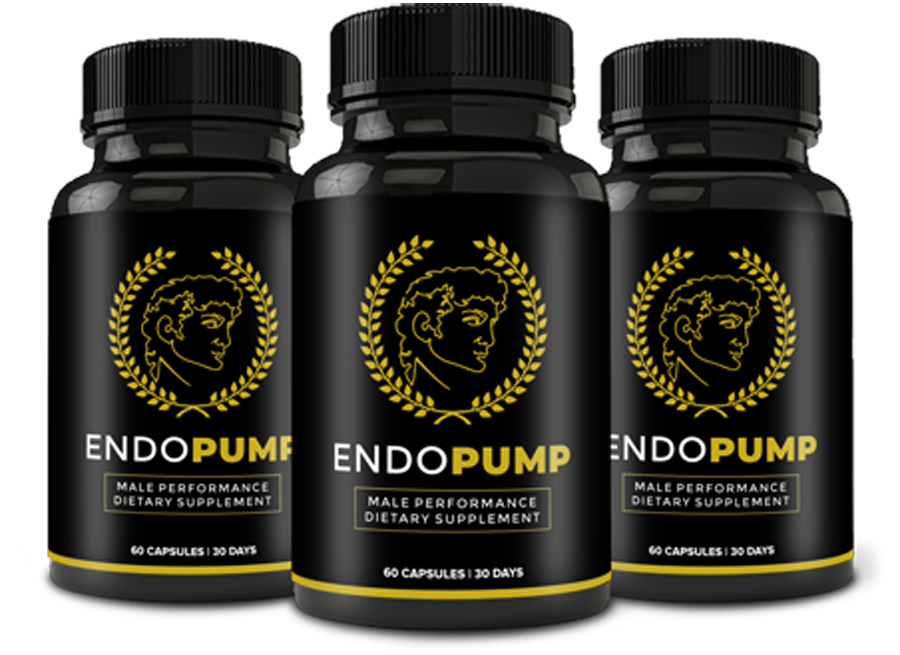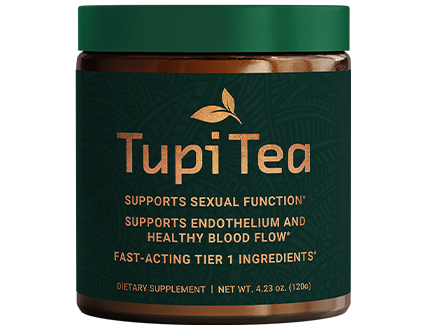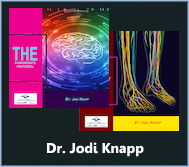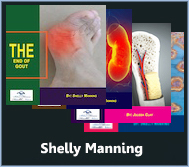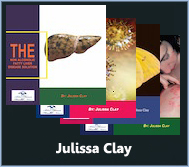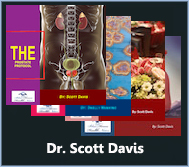How common is erectile dysfunction in Australia?
The prevalence of erectile dysfunction (ED) in Australia is relatively high, affecting a significant proportion of men across different age groups. While exact figures may vary depending on the study population, research indicates that ED is a common condition in Australia, particularly among older men.
According to a study published in the Medical Journal of Australia, approximately one in five Australian men aged 40 and over reported experiencing moderate to severe erectile dysfunction. This study, conducted in 2017, involved a large sample of Australian men and provided valuable insights into the prevalence of ED in the country.
Other studies and surveys conducted in Australia have reported similar findings, highlighting the widespread nature of ED among men in the country. Factors such as aging, chronic health conditions (e.g., diabetes, hypertension), lifestyle factors (e.g., smoking, excessive alcohol consumption), and psychological factors (e.g., stress, anxiety) can all contribute to the development of ED.
Efforts to address ED in Australia often focus on public health initiatives, education campaigns, and improving access to healthcare services for affected individuals. Treatment options for ED are available and may include medications, lifestyle modifications, counseling, and medical devices. It’s essential for individuals experiencing ED to seek medical evaluation and treatment options to address the underlying causes and improve sexual function and overall quality of life.
What is the best treatment for ED in Australia?
The best treatment for erectile dysfunction (ED) in Australia depends on various factors, including the underlying cause of the condition, individual preferences, and any other health conditions the person may have. Treatment options for ED in Australia are similar to those available in other countries and may include:
- Medications: Oral medications such as sildenafil (Viagra), tadalafil (Cialis), vardenafil (Levitra), and avanafil (Stendra) are commonly prescribed to treat ED. These medications work by increasing blood flow to the penis, facilitating erections when sexual stimulation occurs. They are typically taken before sexual activity and can be effective for many men with ED.
- Lifestyle Changes: Making lifestyle modifications can help improve erectile function and overall sexual health. This may include quitting smoking, limiting alcohol consumption, maintaining a healthy weight, exercising regularly, and managing stress.
- Counseling or Therapy: Psychological factors such as stress, anxiety, depression, and relationship issues can contribute to ED. Counseling or therapy, either individually or with a partner, can help address these psychological factors and improve sexual function.
- Vacuum Devices: Vacuum erection devices (VEDs) are non-invasive devices that can help create an erection by drawing blood into the penis. These devices are used before sexual activity and may be a treatment option for men who cannot tolerate or do not respond to medication therapy.
- Penile Injections or Suppositories: Injections of medications directly into the penis (e.g., alprostadil) or insertion of suppositories into the urethra (e.g., MUSE) can help stimulate blood flow and produce erections.
- Surgery: In cases where other treatments are ineffective, surgical options such as penile implants or vascular surgery may be considered. These procedures are typically reserved for severe cases of ED that do not respond to other treatments.
The best treatment for ED will vary from person to person, and it’s essential to consult with a healthcare professional to determine the most appropriate treatment plan based on individual needs and preferences. Treatment for ED should be tailored to address the underlying causes and may require a combination of approaches to achieve the best results.
Which countries have the highest rate of erectile dysfunction?
Determining the countries with the highest rates of erectile dysfunction (ED) can be challenging due to variations in data collection methods, cultural factors, healthcare access, and reporting practices. Additionally, the prevalence of ED may be influenced by factors such as age, lifestyle, health conditions, and access to healthcare services.
While comprehensive global data on the prevalence of ED by country may not be readily available, some countries are known to have higher rates of ED based on available research and studies. These countries often share common risk factors such as aging populations, high rates of chronic diseases, and lifestyle factors that contribute to ED. However, it’s important to note that ED can occur in men of all ages and across various populations.
Some countries where ED may be more prevalent include:
- United States: With a large population and a significant proportion of older adults, the United States is likely to have a high prevalence of ED. Lifestyle factors such as obesity, sedentary lifestyles, and high-stress levels may also contribute to ED rates in the US.
- Australia: Australia, like other developed countries, has an aging population and high rates of chronic diseases such as diabetes, hypertension, and cardiovascular disease, which are risk factors for ED.
- United Kingdom: Similar to other Western countries, the United Kingdom has a significant proportion of older adults and high rates of chronic diseases, contributing to the prevalence of ED.
- Canada: Canada’s aging population and lifestyle factors may also contribute to the prevalence of ED. Access to healthcare services and treatment options may vary across different regions of Canada.
- Western European Countries: Countries in Western Europe, such as Germany, France, and Italy, may also have relatively high rates of ED due to aging populations and similar lifestyle factors seen in other developed countries.
It’s essential to recognize that ED is a multifactorial condition influenced by various factors, including age, health status, lifestyle, and psychological factors. Efforts to address ED often involve public health initiatives, education campaigns, and improving access to healthcare services for affected individuals. Additionally, seeking medical evaluation and treatment options can help manage ED and improve sexual function and overall quality of life.
What is the fastest way to cure erectile dysfunction?
While there isn’t a single “fastest” way to cure erectile dysfunction (ED), there are several approaches that can help improve erectile function relatively quickly, depending on the underlying cause of the condition. It’s important to note that “cure” might not always be immediate, but rather a process of addressing the root causes of ED to improve sexual function over time. Here are some strategies that may help improve erectile function quickly:
- Medications: Oral medications such as sildenafil (Viagra), tadalafil (Cialis), vardenafil (Levitra), and avanafil (Stendra) are commonly prescribed to treat ED. These medications work by increasing blood flow to the penis, facilitating erections when sexual stimulation occurs. They are typically taken before sexual activity and can produce results within 30 minutes to an hour.
- Lifestyle Changes: Making immediate lifestyle modifications can help improve erectile function and overall sexual health. This may include quitting smoking, limiting alcohol consumption, maintaining a healthy weight, exercising regularly, and managing stress. These lifestyle changes can have positive effects on erectile function relatively quickly.
- Psychological Support: Psychological factors such as stress, anxiety, depression, and relationship issues can contribute to ED. Seeking support from a therapist or counselor can help address these psychological factors and improve sexual function. Techniques such as cognitive-behavioral therapy (CBT) or sex therapy can provide effective strategies for managing psychological issues related to ED.
- Vacuum Devices: Vacuum erection devices (VEDs) are non-invasive devices that can help create an erection by drawing blood into the penis. These devices are used before sexual activity and can produce erections within a few minutes. VEDs may be a treatment option for men who cannot tolerate or do not respond to medication therapy.
- Penile Injections or Suppositories: Injections of medications directly into the penis (e.g., alprostadil) or insertion of suppositories into the urethra (e.g., MUSE) can help stimulate blood flow and produce erections relatively quickly, usually within 5 to 20 minutes.
It’s essential to consult with a healthcare professional to determine the most appropriate treatment for ED based on individual needs and preferences. Treatment for ED should address the underlying causes and may require a combination of approaches to achieve the best results.
